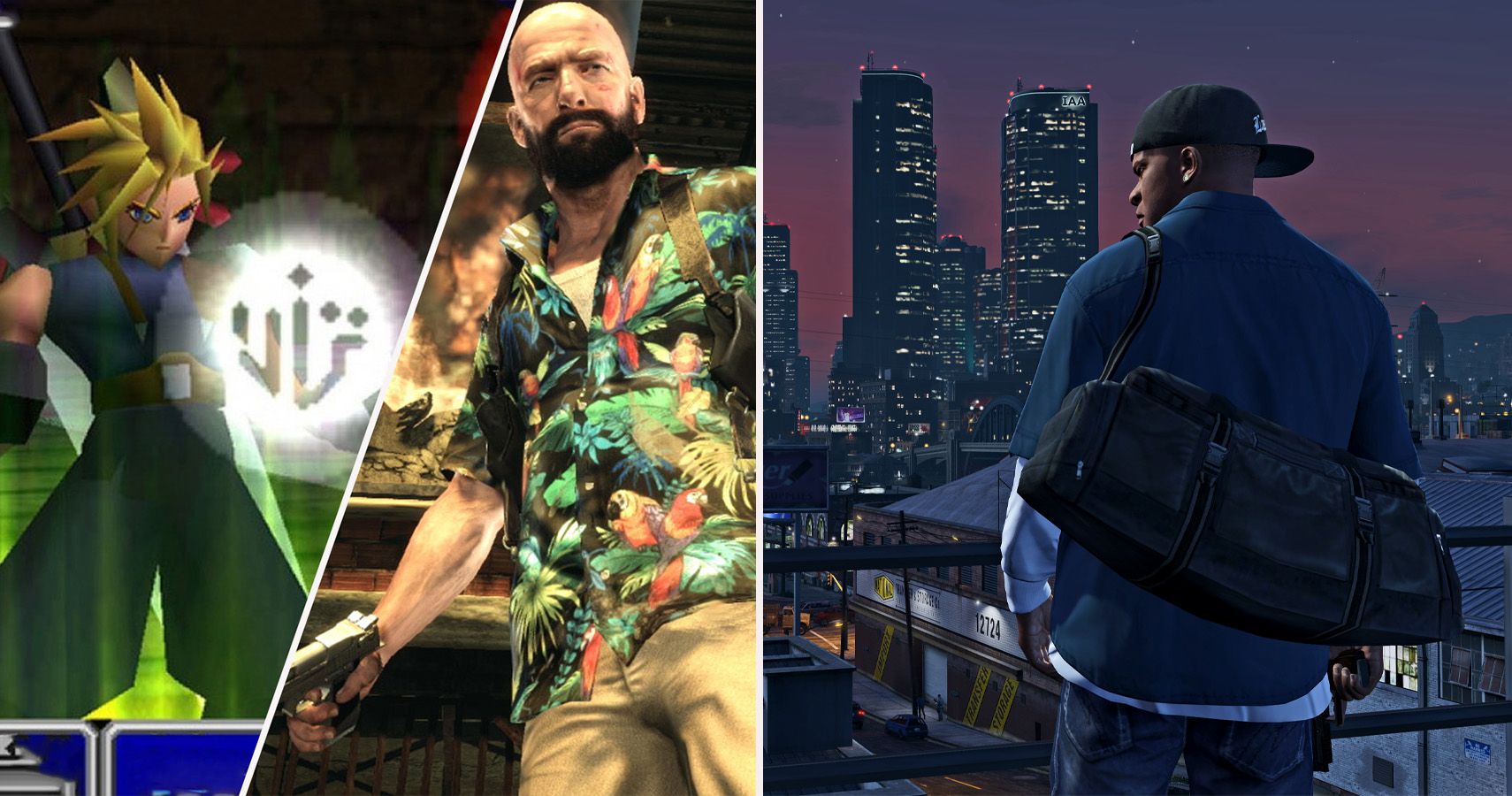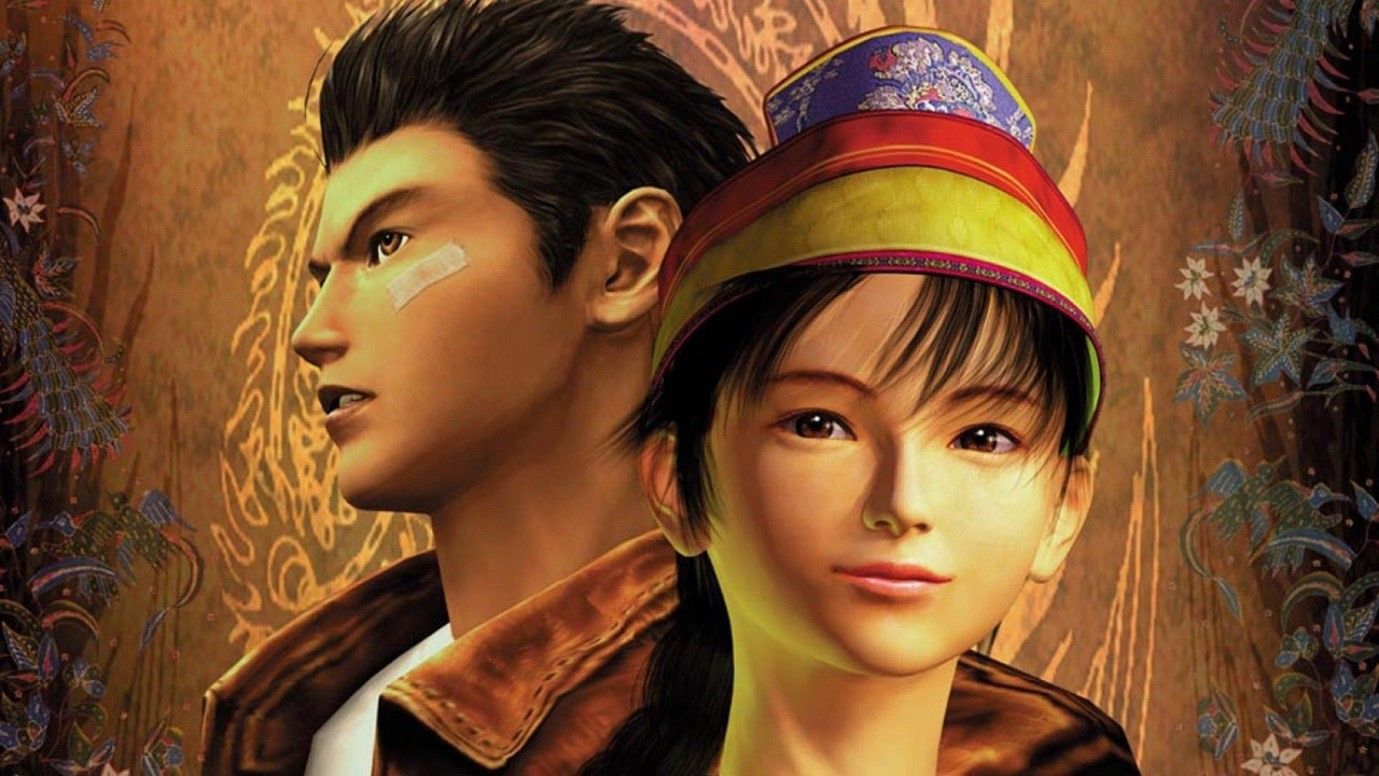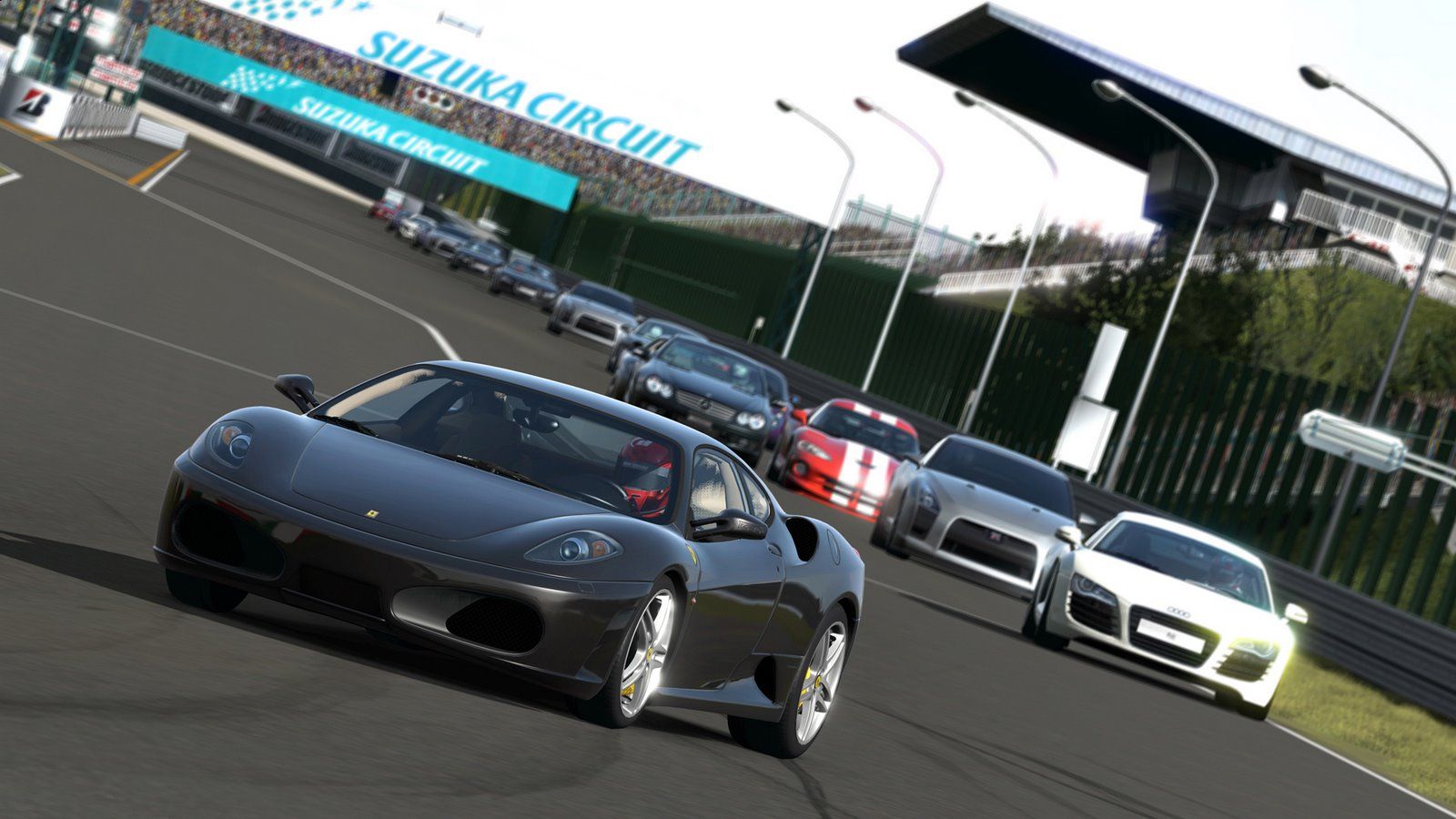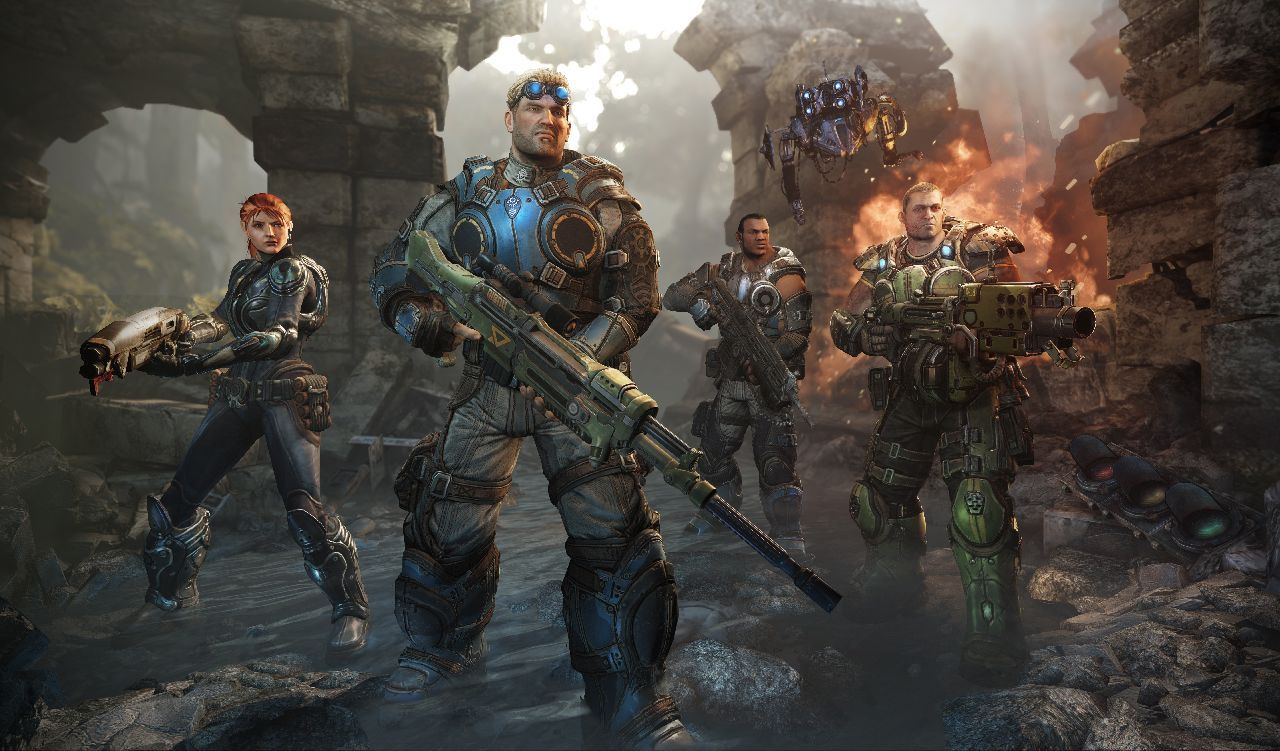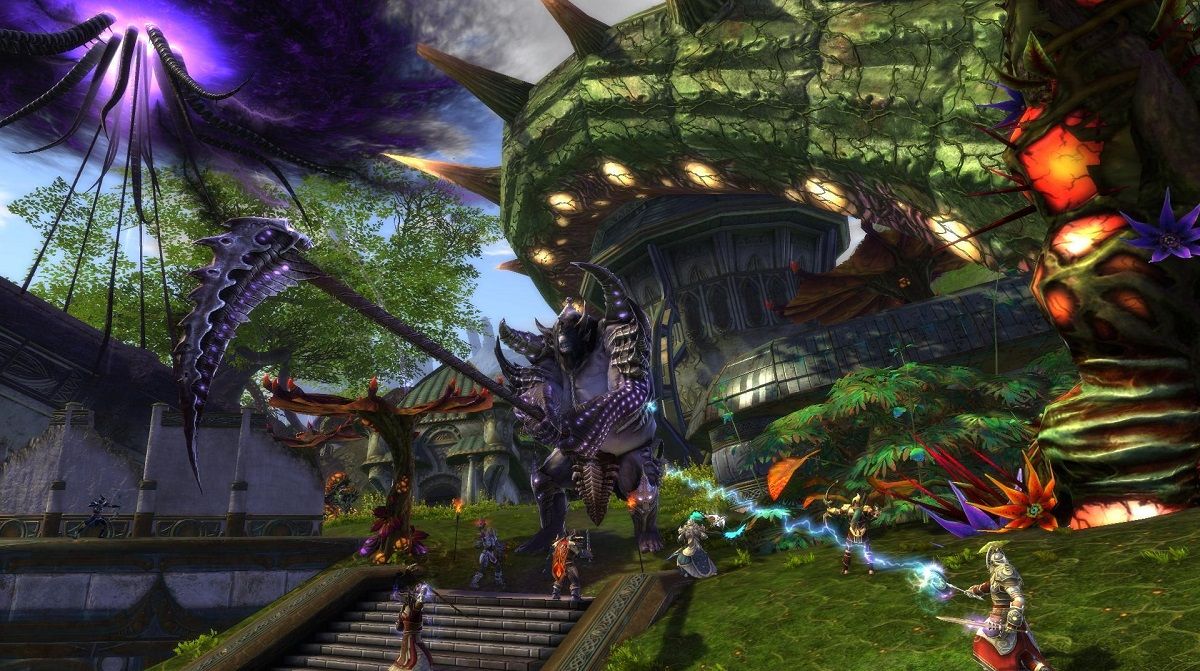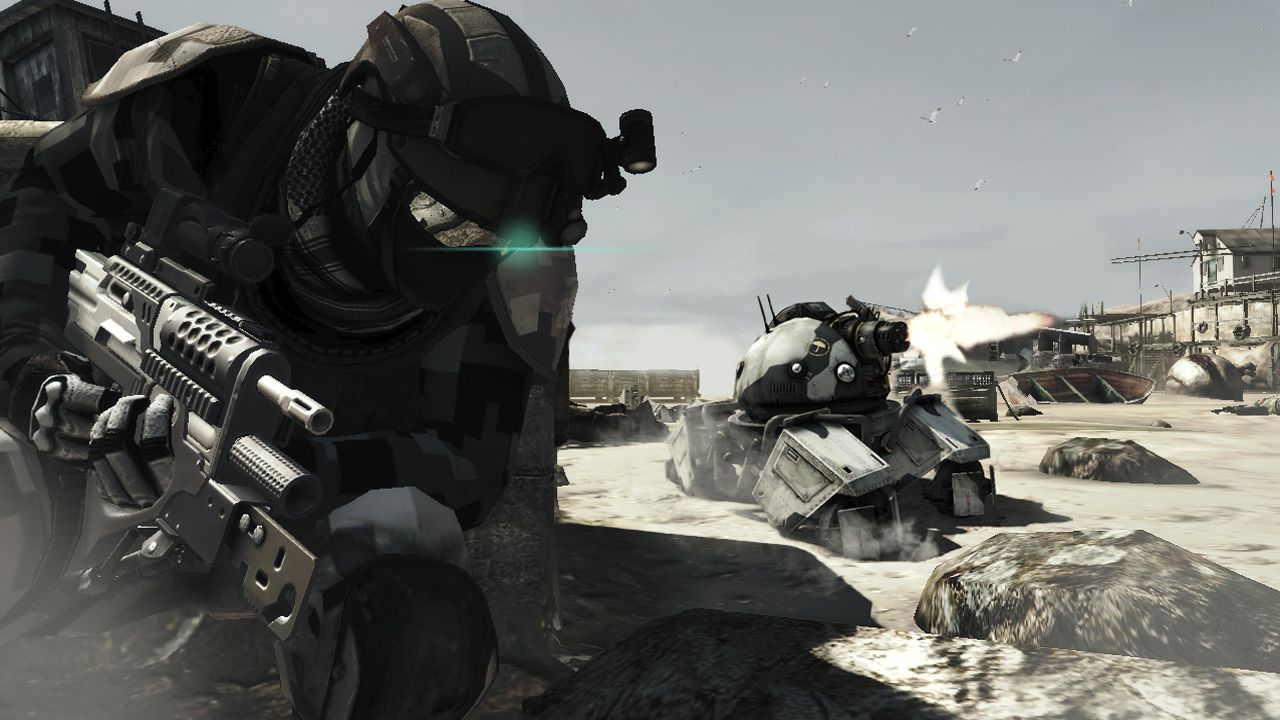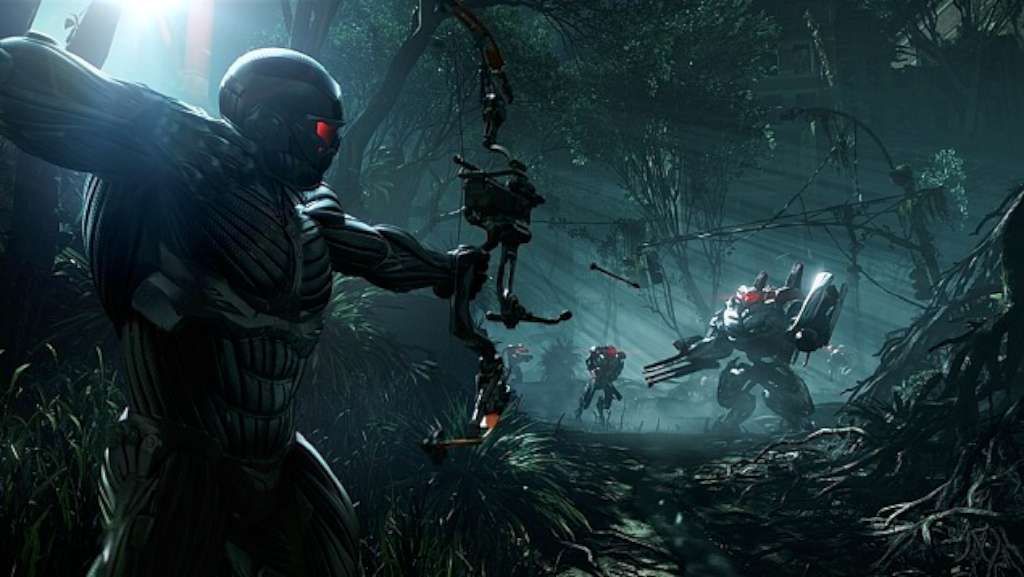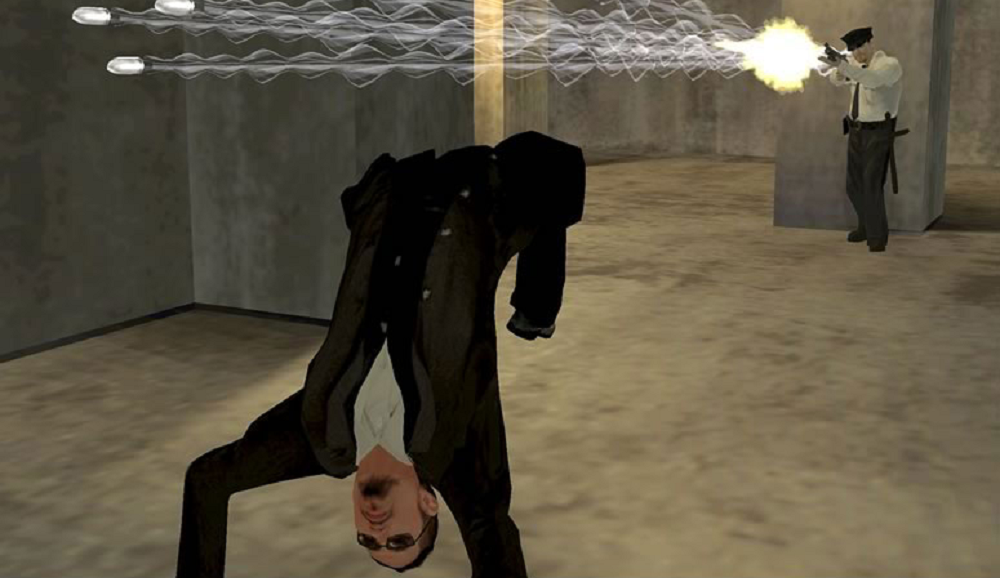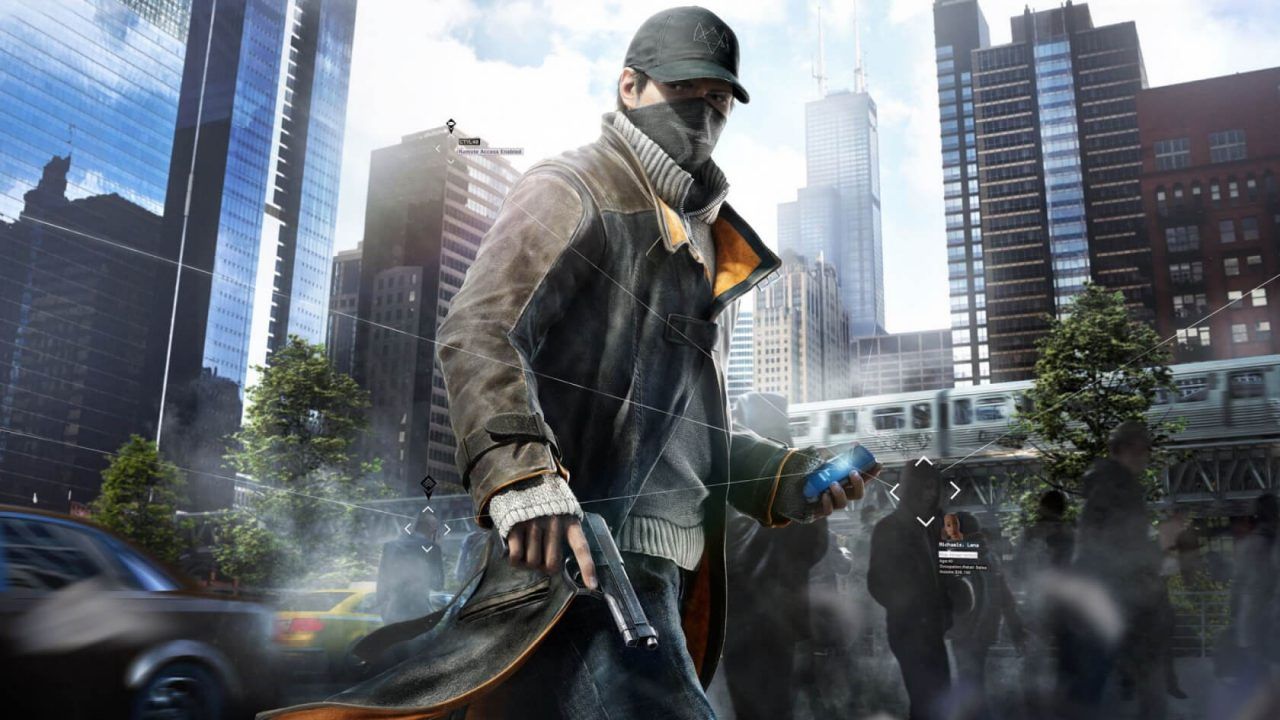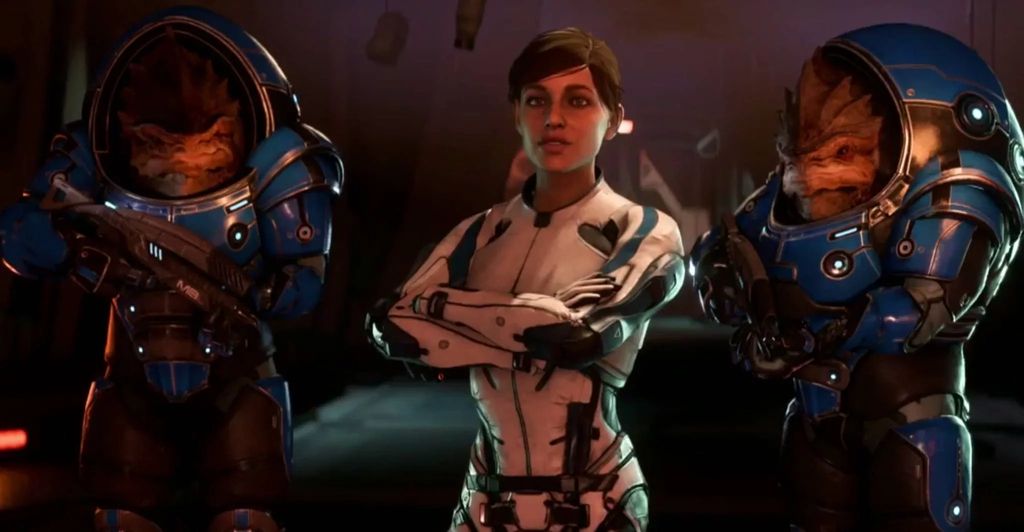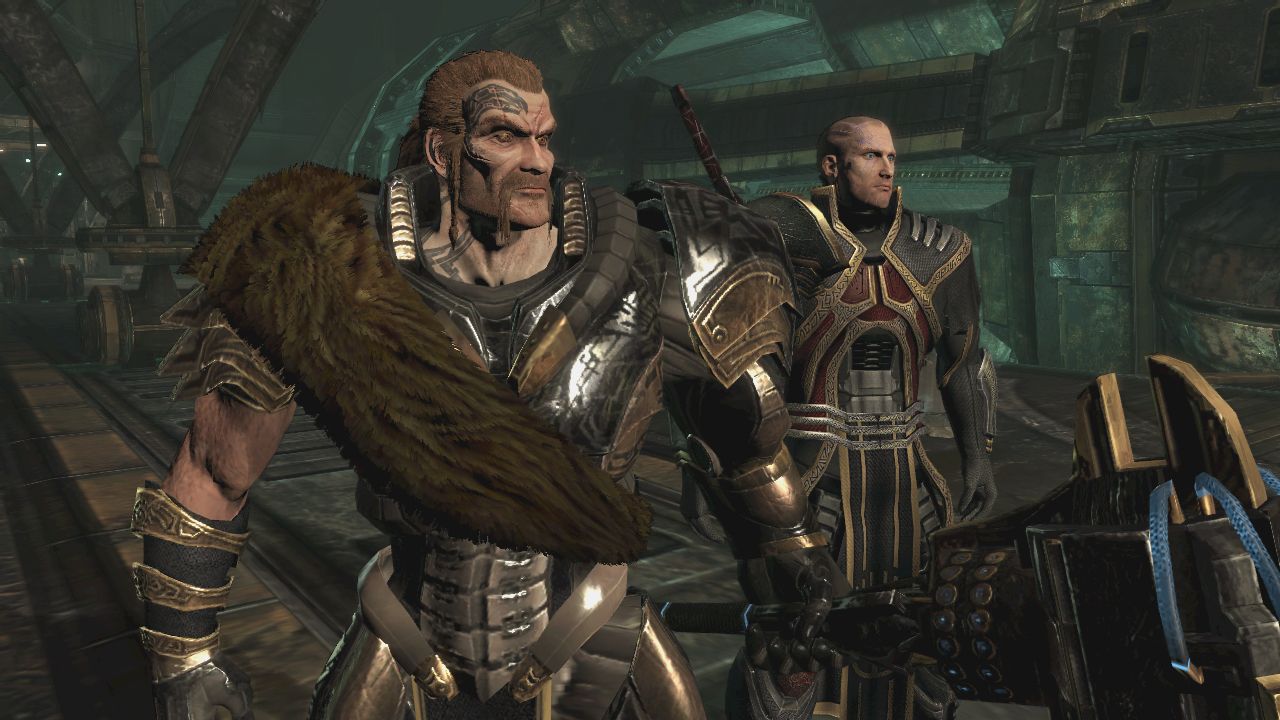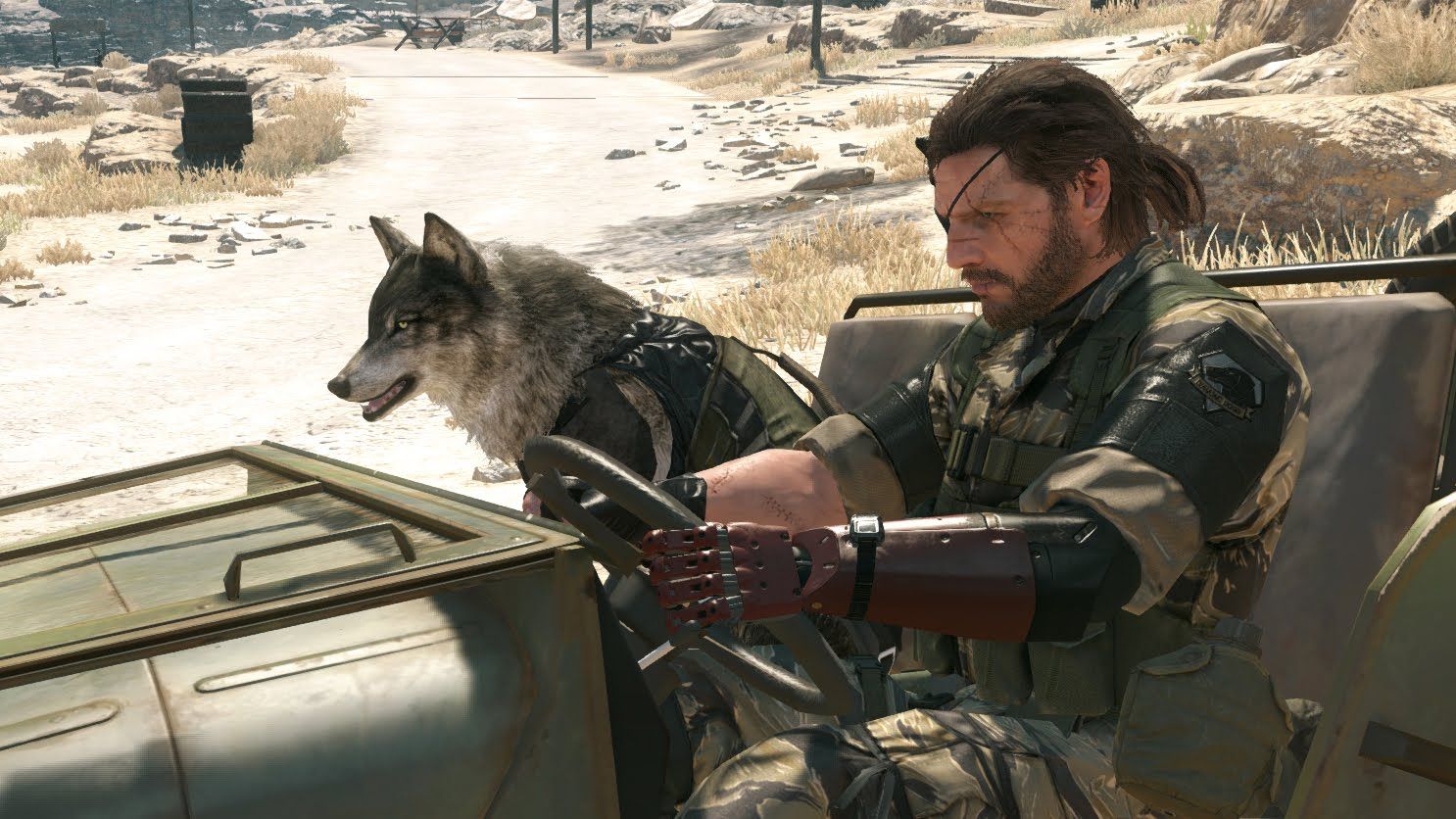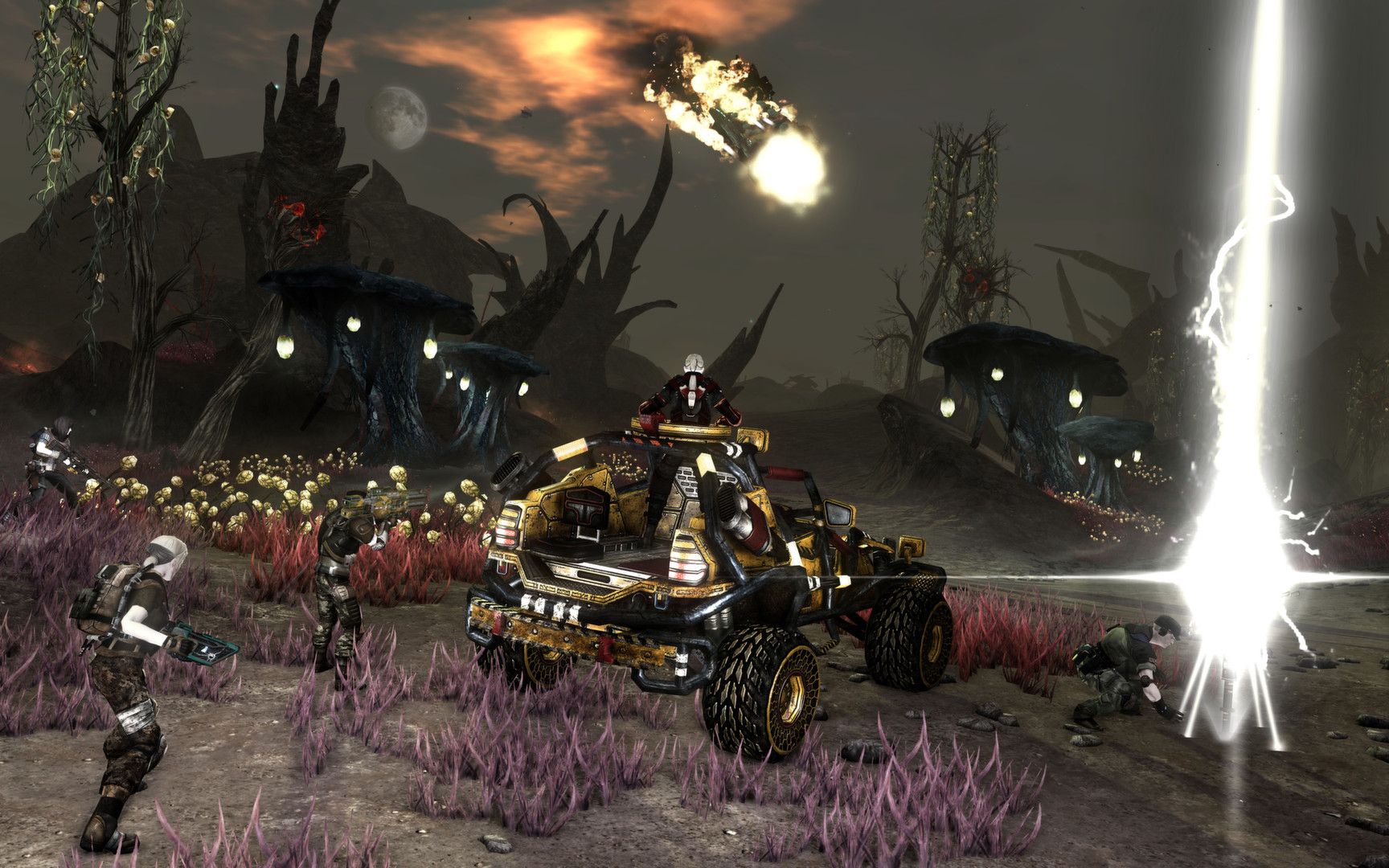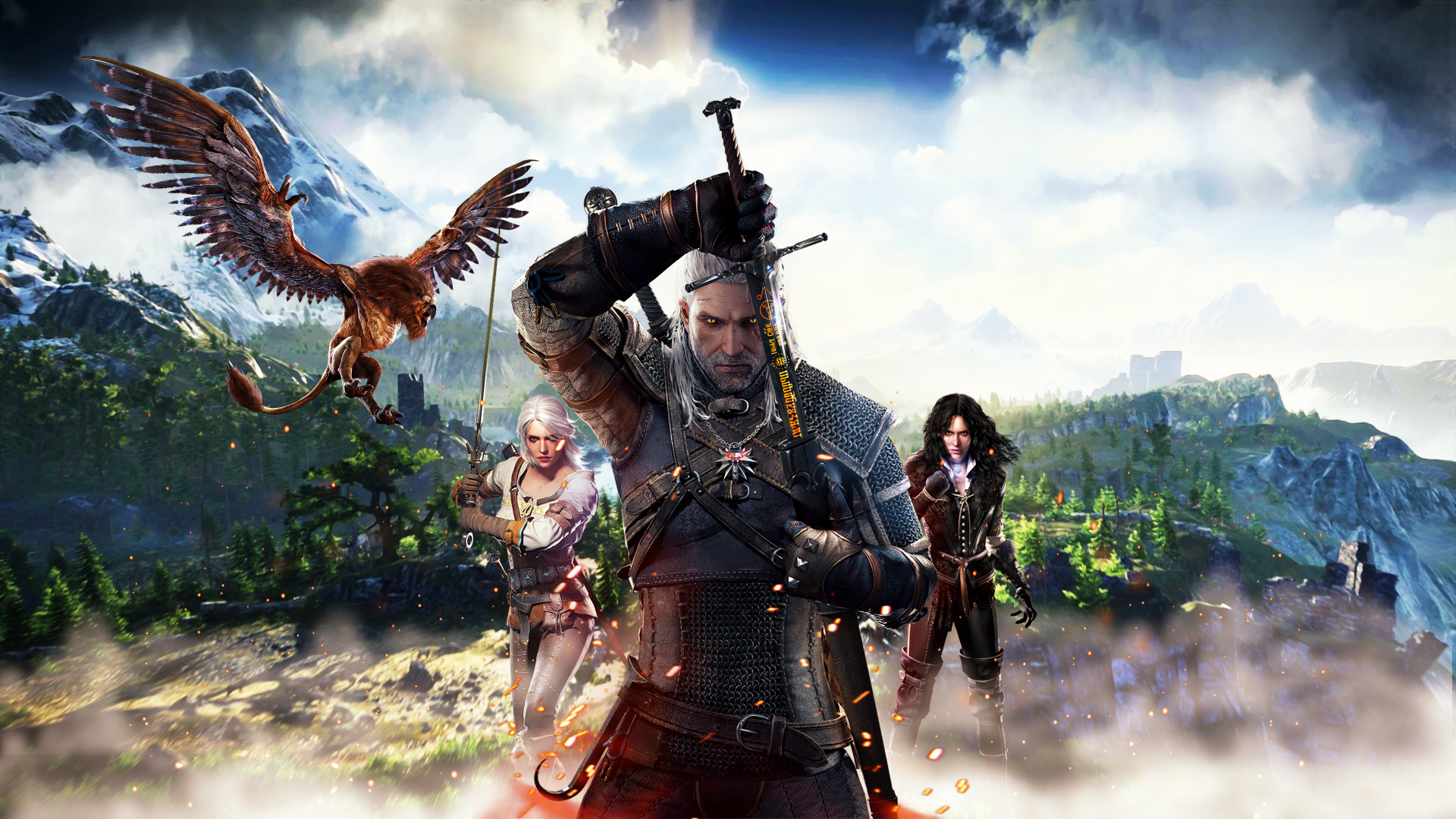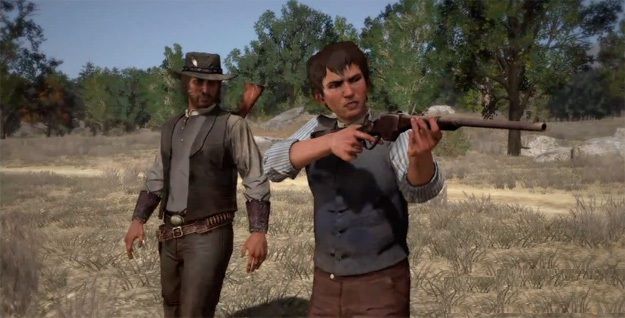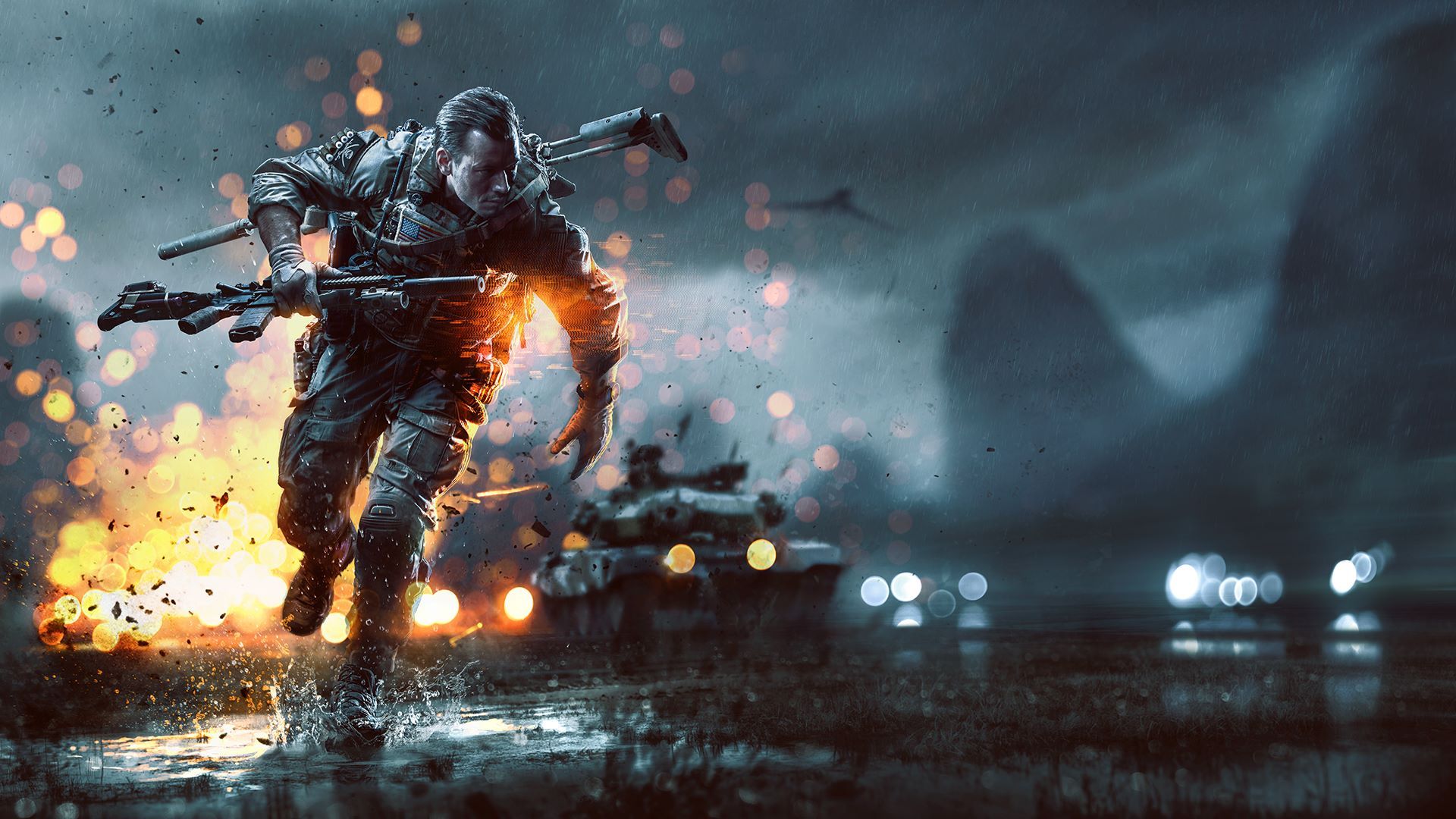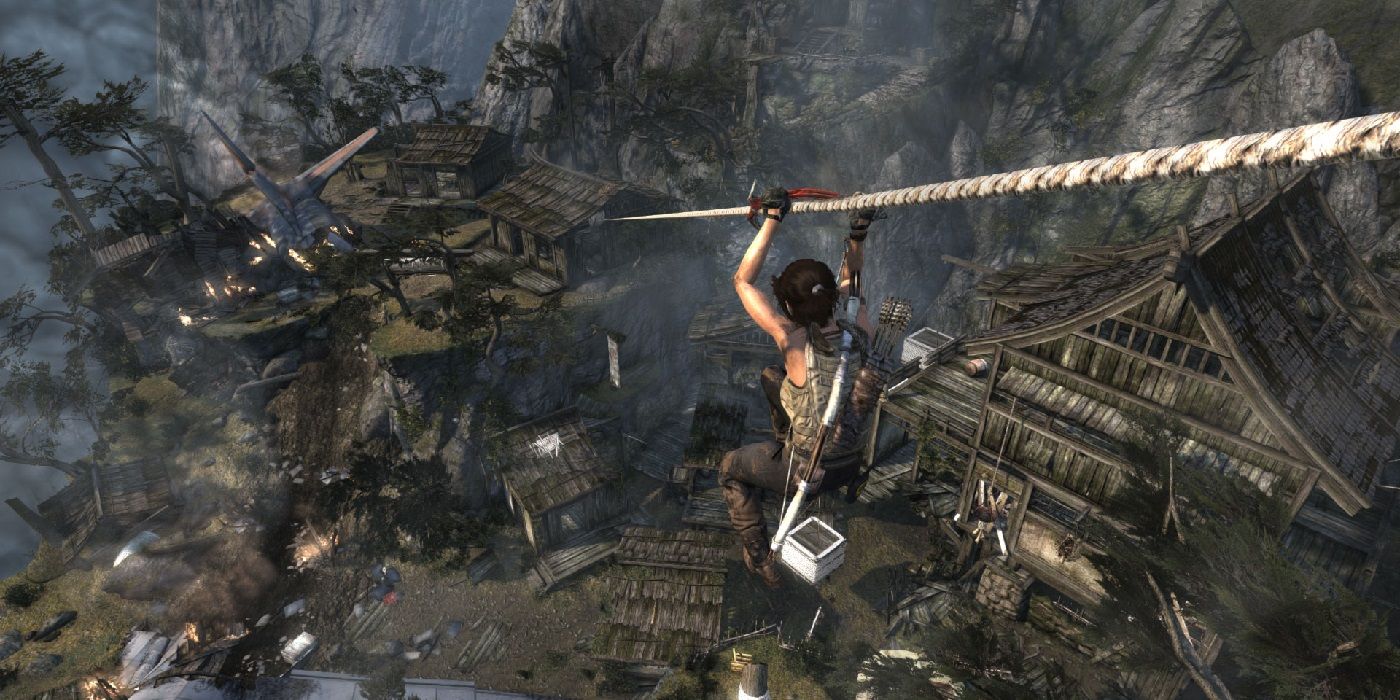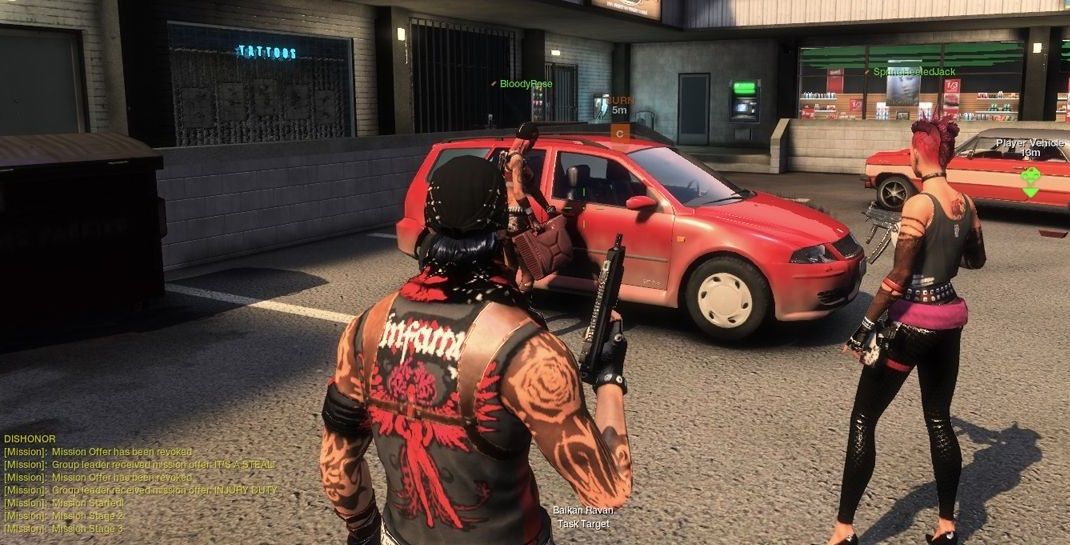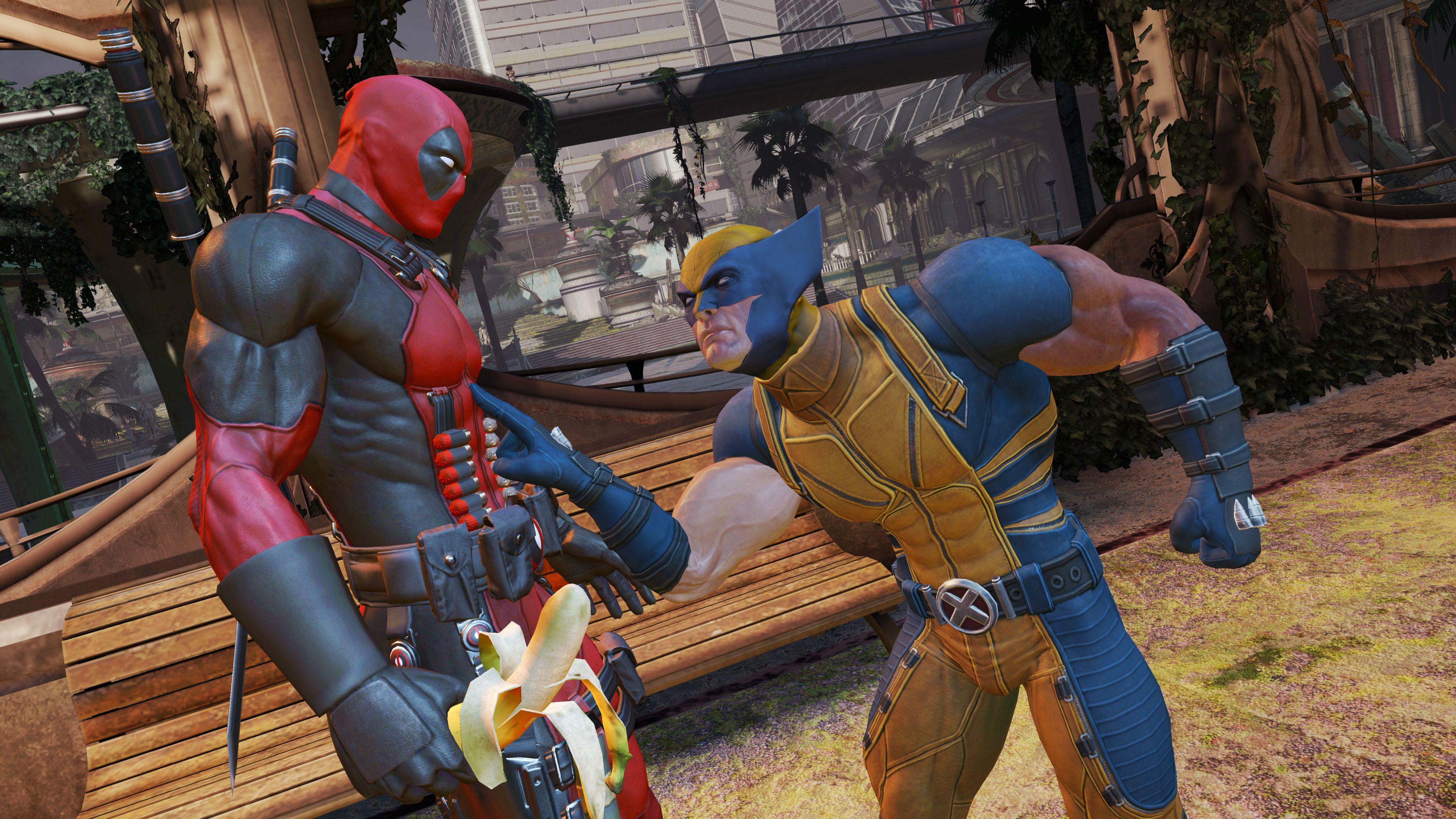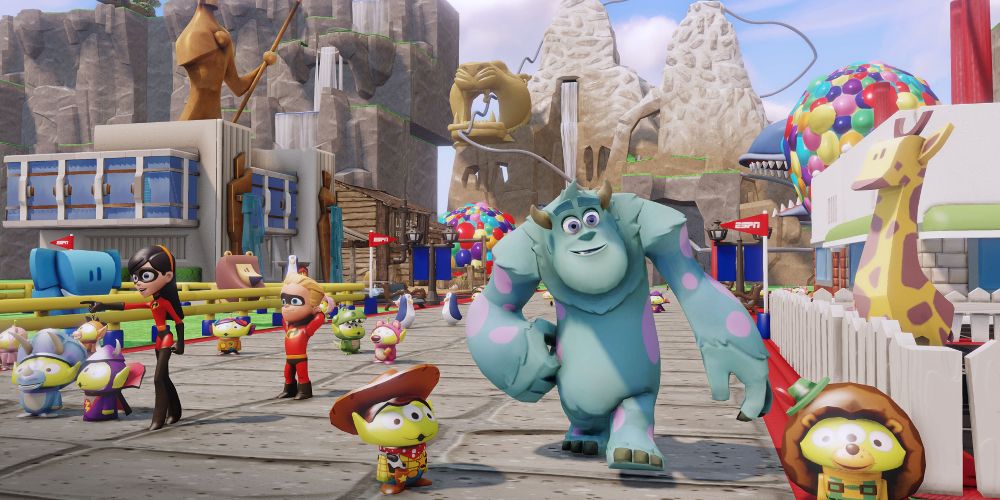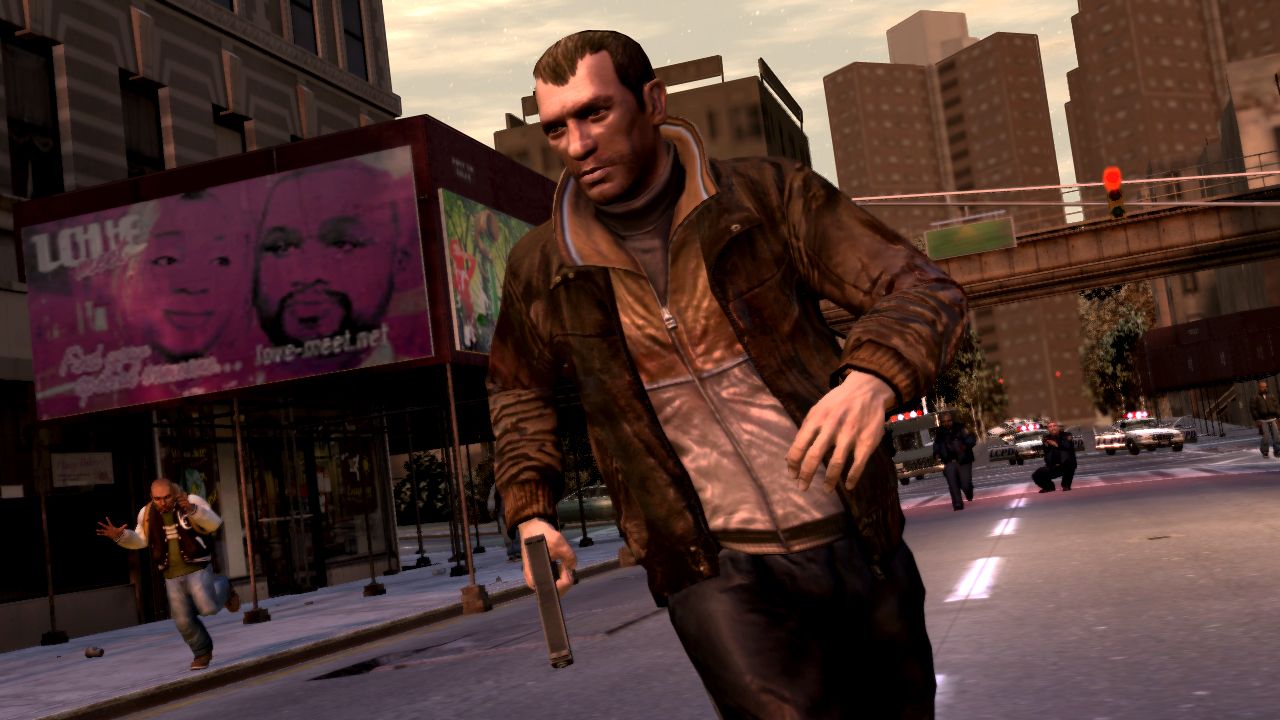It takes hundreds of people, thousands of hours, and millions of dollars to create the massive AAA games that we have today. The video game industry has come a long way from the days when a dozen or so people could create a fully-polished, top-of-the-line game in less than a year. When you consider how much cash a game like Super Mario Bros. raked in compared to the relatively little amount of actual money Nintendo probably had to spend to develop it, the mind reels at those kinds of profit margins.
That being said, with what a best-selling game can bring on today, it's easy for a publisher to write checks in the tens of millions and still be able to turn a comfortable profit. The actual development costs of a modern AAA game, even just in terms of having to pay the salaries of those hundreds of people for sometimes several years of work, are staggering— and that's not even taking into account the massive marketing budgets of most of these games. Still, as you'll see in this list, it isn't only games made in this generation, or even the previous generation, that rank among the most expensive ever made.
Now, the figures on this list are based entirely on estimates given by developers and/or publishers, so we could only take them at their word. There are also probably other games that could've made this list, but if there weren't any numbers thrown out by anyone in regard to a particular game, we didn't include it. And finally, these numbers include development and marketing costs and are not adjusted for inflation.
30 Shenmue ($59 Million)
We don't bat an eye these days when we find out that a game cost dozens of millions of dollars to develop, but it made headlines in 1999 when it was revealed that Yu Suzuki's Shenmue racked up over $50 million in production costs.
Unfortunately, the gamble didn't end up paying off for the ambitious title, at least not in terms of retail performance. But Shenmue's legacy speaks for itself, and Shenmue 3 wouldn't have raised over $7 million in crowdfunding if people didn't hold the series in high regard.
29 Gran Turismo 5 ($60 Million)
The original Gran Turismo set a new standard for simulation racing games and remained the torchbearer for the genre for many years. And while Gran Turismo 5 might not be anyone's favorite installment and also marked the beginning of the franchise's gradual decline, it nonetheless remains the most expensive title in the franchise.
Considering that Gran Turismo 5 ended up becoming the best-selling PlayStation 3 exclusive of all time, it's safe to say that Sony doesn't regret what they spent on it.
28 Gears Of War: Judgment ($60 Million)
It's almost as if they planned it this way: In 2013, PlayStation 3 and Xbox 360 pitted both of their signature GoW games— God of War and Gears of War, respectively— against each other in high-profile prequels. On the 360 side, that meant Gears of War: Judgment, the first game in the franchise not entirely developed in-house by Epic.
If there was one thing Judgment wasn't lacking, it was top-notch production values. As the last Gears game before the series jumped to Xbox One, Judgment definitely pushed the 360 to its limits as it wished the platform farewell.
27 Rift ($65 Million)
The problem with trying to enter the MMORPG space is that people who have already put hundreds of dollars and thousands of hours into their old standbys— be it World of Warcraft, Final Fantasy XI, or whatever else— are tough to convince to take on another one.
Among the many "lesser-known" MMOs over the years, one of the better-received ones is Rift from developer Trion Worlds. In fact, Rift's publisher reported that it only took about a year for the game to make back its initial development costs, and the game's servers remain active to this day, eight years later.
26 Tom Clancy's Ghost Recon: Future Soldier ($65 Million)
There had been video games based on Tom Clancy books going back to the 1980s, but it wasn't until 1996's Tom Clancy's SSN that games began to carry the author's name in their titles. The Tom Clancy's brand now consists not only of various standalone games but a handful of entirely separate franchises, one of the most prolific being Ghost Recon.
With 2012's Future Soldier, Ubisoft spend big bucks to finally make Ghost Recon a huge AAA franchise on the level of Call of Duty. And it's a good game, but certainly didn't sell like a Call of Duty.
25 Crysis 3 ($66 Million)
Every few years, a game is released that seems years ahead of everything else graphically. One such game was Crysis, made by the team that developed the original Far Cry before Ubisoft Montreal took it over beginning with Far Cry 2. In 2007, if you had a PC that could run Crysis as max settings, you knew you had yourself a top-of-the-line gaming rig.
Unfortunately, Far Cry overtook Crysis in popularity over the years, even with EA spending EA-caliber money to make Crysis 3 a contender. Six years later without another Crysis means that investment didn't pay off.
24 Enter The Matrix ($67 Million)
While now-defunct developer Shiny Entertainment started strong with Earthworm Jim and the groundbreaking MDK— often considered one of the pioneers of zoomable sniper scopes in video games— their later output didn't live up to those early years.
Shiny became infamous for releasing disappointing games after years of delays. So it probably wasn't the best move to pick a developer infamous for missing deadlines to have to get a AAA Matrix game finished in a very strict time frame. Enter the Matrix performed well financially, but was criticized by critics and gamers alike for still feeling unfinished and having game-breaking bugs.
23 Watch Dogs ($68 Million)
Given that the Grand Theft Auto franchise is one of the most successful media brands of all time— video games or otherwise— it's no big surprise that other companies have tried to get in on that action with similar titles.
In 2014, Ubisoft entered Watch Dogs into that arena, sparing no expense in trying to make the game's version of Chicago as authentic as possible— taking place in a real city is something the GTA franchise hasn't gotten to claim since 1999's GTA: London 1961. Watch Dogs broke a lot of sales records for Ubisoft, meaning it was money well-spent.
22 Mass Effect: Andromeda ($76 Million)
Even though it had only been five years since Mass Effect 3, a lot of people looked at Mass Effect: Andromeda like it was some major return to a franchise from a long time ago. EA knew a lot was riding on Andromeda, and spent accordingly to help ensure its success as the launching point of a whole new series.
When Andromeda failed to live up to critical or commercial expectations, it began to look like Andromeda was just a forgettable one-off follow up rather than the start of a new chapter for Mass Effect.
21 Too Human ($80 Million)
Too Human was in development for so long, it was originally supposed to be a PlayStation 1 game. By the time it finally came out for Xbox 360, there was little doubt that developer Silicon Knights must have poured a ton of money into it.
And that figure doesn't even include the millions Silicon Knights spent suing Epic Games over disputes related to the Unreal Engine, nor the multi-million dollar judgment Epic won against SK for breach of contract, nor the cost that SK had to incur when ordered to recall and destroy all unsold copies of Too Human.
20 Metal Gear Solid V: The Phantom Pain ($80 Million)
It took a lot of turmoil to produce Metal Gear Solid V: The Phantom Pain, including the very high-profile— and not at all amicable— split between Hideo Kojima and Konami, the company with which he had spent his entire 30+ year career. Reportedly, it was Phantom Pain's ever-ballooning budget that was the major point of contention for Konami.
It's hard to say who really got the last laugh in terms of TPP's blockbuster success— the guy who had to constantly fight his skeptical bosses to produce it, or the company who gets to profit most from it.
19 Defiance ($80 Million)
After their success with Rift, Trion Worlds felt emboldened to take on another expensive MMO game a few years later with the shooter Defiance. A tie-in with they Syfy TV series of the same name, Defiance was an ambitious multi-media crossover that had the success of each branch relying on the popularity of the other.
The TV show was only a minor hit, which didn't do much to drive players to Defiance the game. It took only a year for Defiance to go free-to-play, which generally isn't a good sign. Trion Worlds would shut down a few years later.
18 The Witcher 3: Wild Hunt ($81 Million)
The Witcher went from an imperfect RPG with a weird title to a legitimate contender by the second installment. So while The Witcher 2 came into the world with only moderate expectations, hype was sky-high for Wild Hunt— hence why CD Projekt spent almost nine figures producing it.
It was also going to be CD Projekt Red's last major release before Cyberpunk 2077, a game that everyone knew would take years to make... so the developer had to send one franchise out with a bang and keep fans happy while prepping the next one.
17 Red Dead Redemption ($90 Million)
There's no question that Red Dead Redemption II set Rockstar back a pretty penny, but you won't see it on this list because they've been mum on that thus far. But we do know that its predecessor was just shy of modern GTA numbers in terms of budget.
Though it doesn't take place in a densely-populated urban metropolis or even in a world as big as the one in GTAV, RDR feels no less epic or grand in scope. No copied and pasted pastures or randomly-placed trees here: every inch of RDR's landscape was expertly crafted and meticulously polished.
16 Battlefield 4 ($100 Million)
While Halo has its dedicated fans, and Medal of Honor and Brothers and Arms both took stabs at the throne in the last generation, there is only one currently-active FPS franchise that can truly claim to even come close to Call of Duty in popularity: Battlefield.
Battlefield often does its own thing to stand out, such as when it went all the way back to WWI in a recent installment, but Battlefield 4 was when the franchise most directly tried to beat CoD at its own game. At least in that particular year (2013,) it did.
15 Tomb Raider (2013) ($100 Million)
It's ironic that the modern-day Tomb Raider games are so expensive to make, since the franchise was once infamous for how cost-effective it was— an engine that was originally built to power a 1996 game was continuing to be wrung dry in 2000.
But long gone are the days of TR titles being anything but high-budget, absolute AAA experiences that look and play as well as anything else on the market. "Tomb Raider 2013" was the series' third reboot... and we guarantee it won't be its last. Being completely reinvented every three to five installments just seems to be Lara's MO.
14 APB: All Points Bulletin ($100 Million)
Not satisfied with the creative direction of the franchise he helped to create— particularly in its ever-increased focus on the seedier elements— David Jones left the Grand Theft Auto team after the second installment to start his own studio. Jones was successful with his first "solo" GTA-esque game, Crackdown, and thought he could go bigger and much more ambitious with his next attempt.
Sadly for Jones, that game— the online-only APB: All Points Bulletin— saw a troubled development that went way over budget and sold so poorly that its servers were shut down less than a year after launch.
13 Deadpool ($100 Million)
Released at a time when the character was still largely only known to comic book fans and hadn't yet found success headlining films, 2013's Deadpool game did a great job of capturing the antihero's humor and spirit, but wasn't anything special in the actual gameplay department.
If you're wondering how this game could've possibly cost $100 million, this is one example where the marketing budget accounts for a huge portion of that figure, as this game was hyped hard but Activision. In a sly move, it was re-released for next-gen systems in 2015 to coincide with the first film.
12 Disney Infinity ($100 Million)
For as much as people talk about what an epic Disney crossover the Kingdom Hearts games are, they forget that the Disney Infinity series included not only characters from every facet of Disney and Pixar but also Marvel and Star Wars characters as well, all freely intermingling in the game's Toy Box mode.
There's no doubt that a big chunk of the first game's massive budget was spent on the technology that powered the ability to bring real-life figures into the game as characters, and allowing literally dozens of them to be swapped in and out on the fly.
11 Grand Theft Auto IV ($100 Million)
Rockstar got a lot of mileage out of the engine that powered Grand Theft Auto III, refining it to not only run the subsequent two GTA games released that generation but also the two side games for PSP. When it came time to make the jump to Xbox 360 and PlayStation 3, however, an entirely new engine needed to be built for all of Rockstar's games going forward.
Honestly, $100 million doesn't seem that bad for both the new engine and the game itself, but it helps when you cut corners on what you pay your voice actors...

